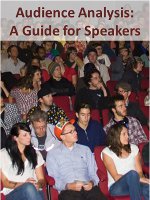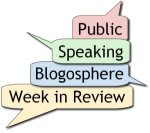
When I was in high school, every teacher used an overhead projector regularly. Many years later, I can’t recall the last time I saw one used as meeting rooms are increasing equipped with digital projectors to display PowerPoint and Keynote slides. This is a clear technology upgrade, and I don’t miss the overhead projector at all.
Similarly, the flip chart is another device my teachers used often; sadly, it also gathers dust often in dark, neglected corners of meeting rooms. But flip charts are more than just relics; they remain one of the most versatile tools readily available to speakers.
In this article, we list the core benefits of using flip charts, and give several tips that will help you use this wonderful tool effectively.








